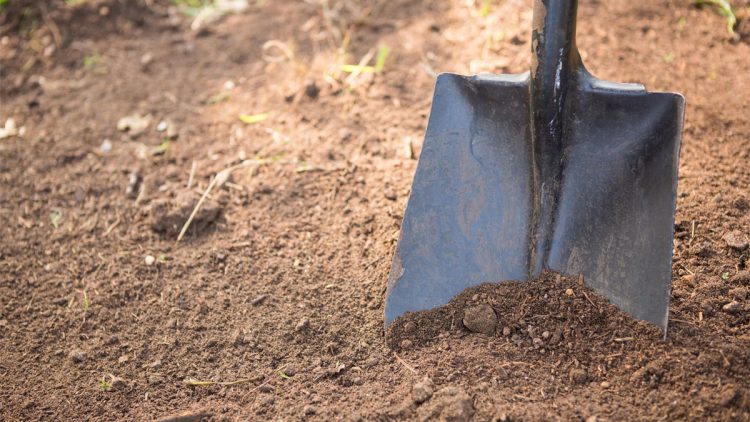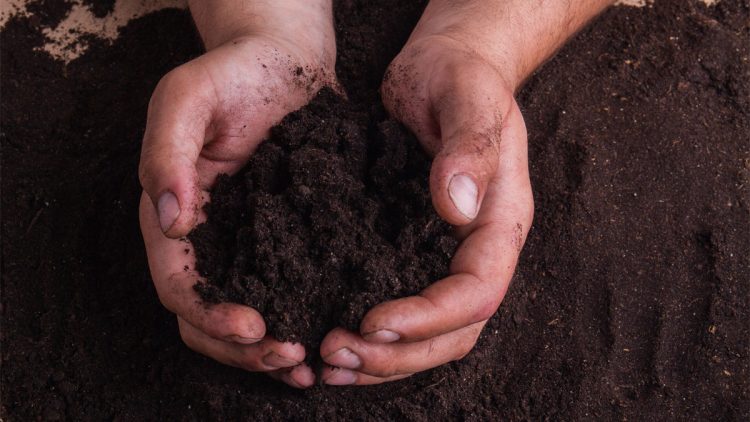What is Fill Dirt?
Fill dirt is a kind of soil that is utilized to “filling” in holes, low areas, or other spaces that are required to be leveled or raised. It is typically made up of a combination of sands, clays, and other materials, and is usually compacted to provide a fixed base for construction jobs or other intentions. Fill dirt is usually not deemed to be appropriate for growing plants, because it is devoid of the required nutrients and organic matter to support the growth of plants.
This dirt is frequently used in construction and landscaping jobs for providing a stable base for buildings, roadways, and other such structures. It is also typically used to fill in low-lying areas or to produce a level surface for construction. In many cases, fill dirt could be used to build up the elevation of an area, like in the case of a retaining wall or to produce a slope for draining purposes.
Besides its use in landscaping and construction, this dirt can also be used in other kinds of projects. For instance, it may be used to fill in holes or gaps in lawns or yards, to produce a level area for a pergola or driveway, or to increase the elevation of a garden beds. Fill dirt can also be utilized for backfilling around a building’s foundation for providing additional stability and support.
When choosing fill dirt for a project, it is important to select a product that is correct for the intended purpose. Some fill dirt might be specifically designed for particular applications, like filling in holes or leveling surfaces, whereas others might be more general-purpose. It is also vital to think about the composition of the fill dirt, as this can impact on its suitability for various projects. For instance, fill dirt that has a high clay material might be more suitable for use in space with high moisture, whereas sandy fill dirt might be better for drainage intentions.
The Benefits Of Using Fill Dirt In Construction And Landscaping
One of the primary benefits of using fill dirt in construction and landscaping projects is that it is somewhat inexpensive in comparison to other kinds of soil. Since fill dirt is taken from the ground, it can be acquired for a fraction of the cost of purchasing topsoil or other kinds of soil from a plant nursery or landscape supply outlet. Making it an appealing option for those who are working on a limited budget.
Another benefit of using fill dirt is that it is easily worked with. Fill dirt is usually loose and easily spread, making it simple to use in various different landscaping and construction projects. This saves time and effort in comparison to other kinds of soil that might be more challenging to spread or shape.
Fill dirt is additionally highly versatile and can be used in various different ways. Through landscaping, fill dirt can be utilized for filling in low areas or to raise the elevation of a worksite. This can be useful for creating level surfaces for a garden or lawn, or for creating the base for a retaining wall or other structures. Through construction, fill dirt can be utilized for backfilling trenches or for creating a stable base for buildings or other structures.
As well as its practical uses, fill dirt can also be an environmentally friendly selection for construction and landscaping projects. Since it is taken from the ground, utilizing fill dirt can help to decrease the need for mining or other activities that puts a negative impact on the environment. Also, utilizing fill dirt can help to protect topsoil, which is an invaluable resource that is vital for healthy plant growth.
More Advantages And Benefits Of Using Fill Dirt
Fill dirt is a kind of soil that is usually used in landscaping and construction projects. Dissimilar to topsoil, which is the uppermost layer of soil and contains organic material, fill dirt is usually made up of subsoil that has been taken out of the ground throughout construction or mining. This kind of soil is usually used to fill in low-lying places, to level ground for buildings foundations, or as bases for paving jobs.
There are a lot of benefits to using fill dirt in construction and landscaping projects. First, it is an economic solution in comparison to other kinds of soil. Since it is made from subsoil, fill dirt usually does not have any organic material, meaning it is less likely to break down or compact after a while. Making it a perfect choice for filling in low-lying places or for use as bases for paving projects, as it is going to provide a stable foundation that is not going to shift or settle after a while.
Another benefit of working with fill dirt is that it is relatively easy to use. Dissimilar to topsoil, which can be compact and challenging to spread, on the other hand, fill dirt is loose and can be moved easily and spread using basic gardening tools. Making it a good choice for homeowner landscaping projects, in addition to larger construction projects in which a lot of fill dirt is required.
In addition to being affordable and easy to work with, fill dirt also has excellent drainage qualities. Since it is made up of subsoil, fill dirt usually has a lower clay material than topsoil, meaning it is not likely to become compacted or water-logged. Making it a good choice to use in areas in which drainage is an issue, like in low-lying areas or in places where heavy rainstorms are common.
Landscaping Materials Scottsdale, Arizona
A & A Materials, Inc., located in Scottsdale, Arizona, offers, all purpose sand, aggregates, river rock, rip rap rock, mulch and wood chips for your landscaping or gardening needs. Contact us or call us at 480-990-0557 for more information.


